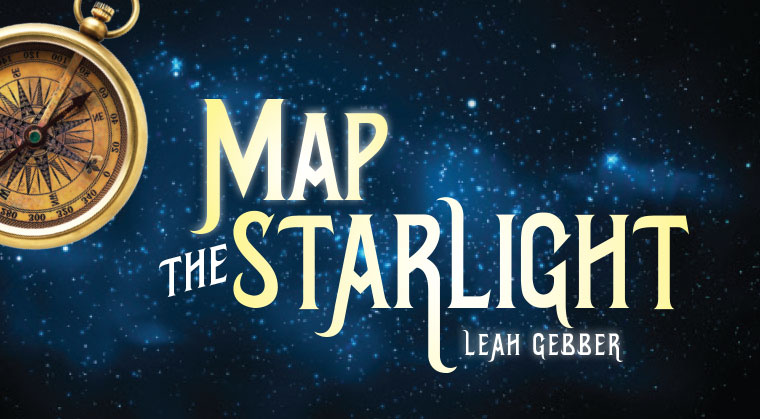Map the Starlight: Chapter 35

“When the authorities go after the Talmud, they search. Every synagogue. Every house. Every person. And everything is carted away”

Ramon squints down at the parchment, rubs a corner between his fingers. The parchment is thick, not of the highest quality, but it will endure. Who but a Jew brings a supply of parchment with him on a voyage?
He lifts the parchment close to his eyes. Jocef is right. The small square is a jumble of words and small pictures, snaking one after the other in a formless gathering of ink. “So this is it,” Ramon says, admiringly. “Your map of tractate Berachot.” He points. “Each image is a folio?”
Jocef shakes his head. “No. A subject. It could be a quarter of a page, it could be two pages. I want this to be a memory tool for the different subjects dealt with. It’s too difficult to follow the structure of each page.”
Ramon tilts the parchment in the direction of the light. The morning is just breaking over the horizon, and the sun’s rays have not yet spilled through the sky. In this region, the night air is warm and velvety; by midmorning the men who caulk the wooden boards of the ship each day, to protect them from any seawater entering, are bathed in sweat. Jocef claims that it’s the daytime heat that makes him work through the night. Ramon is not sure whether or not to believe him: The man comes from the island of Mallorca, after all, where the summers blister and boil all those who live there.
Ramon turns to Jocef. “I do not understand.”
“All the better,” Jocef says, with a wry smile.
Ramon throws him a questioning glance.
Jocef explains, “If you do not understand — and you have some familiarity with the Talmud — then the Christians who see this will not understand either. And even if, as you say, the Talmud is banned — or worse, burned, Heaven forfend — this map of tractate Berachot will remain undetected. And maybe one day, a scholar will chance upon it and with it, will be able to reconstruct the tractate. The pictures will jog his memory.” He points to the parchment. “Here, this is a woman standing at the window. She waits for her husband and children to return from their study.” He points to a small picture further down the page. “There is a discussion about the light that is kindled when the Sabbath ends. I have drawn the light here.”
Ramon leans closer. Sure enough, there is a tiny braided candle, aflame. Two hands are stretched out to bask in the flame.
Jocef continues. “The last chapter contains a discussion about the thanksgiving blessing. There are four circumstances in which it is recited.” He points to the parchment. Ramon peers at the small pictures drawn there: a small man crossing a desert; a man on a boat; a figure in repose, fighting an illness; and a man in prison. Jocef has drawn him with his hands gripping the thick bars, and there is life in the man’s face, terror. At the bottom of the parchment, on the right-hand side, Jocef had signed his name: Jocef son of Mose son of Isaac.
“This is more than a pictorial map of the tractate,” Ramon says eventually. “It’s done with skill and life.”
(Excerpted from Family First, Issue 578)
Oops! We could not locate your form.


